Michigan's 1st congressional district
Michigan's 1st congressional district is a United States congressional district that fully contains the 15 counties of the Upper Peninsula of Michigan and 20 counties of Northern Michigan in the Lower Peninsula. The district is currently represented by Republican Jack Bergman.
| Michigan's 1st congressional district | |||
|---|---|---|---|
Interactive map of district boundaries since January 3, 2023 | |||
| Representative |
| ||
| Area | 24,875[1] sq mi (64,430 km2) | ||
| Distribution |
| ||
| Population (2022) | 782,743[3] | ||
| Median household income | $60,877[4] | ||
| Ethnicity |
| ||
| Cook PVI | R+13[5] | ||
Cities and towns
The district is the second-largest congressional district east of the Mississippi River by land area, only behind Maine's 2nd congressional district. Its boundaries contain the entire Upper Peninsula of Michigan and much of the northern part of the Lower Peninsula. Altogether, the district makes up about 44% of the land area of the state of Michigan yet contains only 7% of Michigan's population. It contains the second-longest shoreline of any district in the United States, behind Alaska's at-large congressional district.
Counties
Of the 83 counties in Michigan, the following 35 lie entirely within the district. One county (Wexford) lies partially in the district.
Major settlements in the district
- Alpena
- Boyne City
- Calumet
- Charlevoix
- Cheboygan
- East Tawas
- Escanaba
- Gaylord
- Grayling
- Hancock
- Harbor Springs
- Houghton
- Houghton Lake
- Iron Mountain
- Ironwood
- Ishpeming
- Kalkaska
- Kingsford
- Lake City
- Manistique
- Marquette (largest settlement)
- Menominee
- Negaunee
- Petoskey
- Roscommon
- Sault Ste. Marie
- Standish
- Tawas City
- Traverse City
- West Branch
History
Prior to 1992, the 1st congressional district was a Detroit-based congressional district. From the election of Republican John B. Sosnowski in 1925 until 1964, the former 1st district was represented by only one non-Polish-American politician, Robert H. Clancy. Along with Sosnowski, 6 Polish-Americans served as the 1st district's representatives elected 7 times, since 1925. The other strong Polish Michigan congressional districts were the 15th district (where half of the elected were Polish-American) and the dissolved 16th district (where all three elected representatives were of Polish descent). In 1964, the 1st congressional district was drawn as a new, African-American majority district reflecting the changing demographics of Detroit, while enough of the old 1st district was moved to the 14th district so that the 14th district retained the 1st's old congressman. John Conyers was elected to congress from the 1st district, a position he would hold until the 1st was removed from Detroit.
After 1992, the 1st district covered land in the UP and Northern Michigan. Most of this territory had been known as the 11th district from 1892 to 1992. The 1st from 1992 to 2002 was similar to the present district, except that it did not extend nearly as far south along Lake Michigan, while it took in Traverse City and some surrounding areas on the west side of the state.
Presidential election results
- This table indicates how the district has voted in U.S. presidential elections; election results reflect voting in the district as it was configured at the time of the election, not as it is configured today.
| Year | Results |
|---|---|
| 1992 | Bill Clinton 41% – George H.W. Bush 35% |
| 1996 | Bill Clinton 47% – Bob Dole 40% |
| 2000 | George W. Bush 52% – Al Gore 45% |
| 2004 | George W. Bush 53% – John Kerry 46% |
| 2008 | Barack Obama 50% – John McCain 48% |
| 2012 | Mitt Romney 54% – Barack Obama 45% |
| 2016 | Donald Trump 58% – Hillary Clinton 37% |
| 2020 | Donald Trump 58% – Joe Biden 40% |
Recent election results from statewide races
- This table indicates how the district has voted in recent statewide elections; election results reflect voting in the district as it is currently configured, not necessarily as it was at the time of these elections.
| Year | Office | Results |
|---|---|---|
| 2016 | President | Donald Trump 58.9% – Hillary Clinton 35.6% |
| 2018 | Senate | John James 55.2% – Debbie Stabenow 42.6% |
| Governor | Bill Schuette 53.9% – Gretchen Whitmer 43.1% | |
| Attorney General | Tom Leonard 56.5% – Dana Nessel 38.5% | |
| 2020 | President | Donald Trump 59.1% – Joe Biden 39.3% |
| Senate | John James 59.0% – Gary Peters 39.6% |
List of members representing the district
Elections
2012
| Party | Candidate | Votes | % | |
|---|---|---|---|---|
| Republican | Dan Benishek (incumbent) | 167,060 | 48.1 | |
| Democratic | Gary McDowell | 165,179 | 47.6 | |
| Libertarian | Emily Salvette | 10,630 | 3.1 | |
| Green | Ellis Boal | 4,168 | 1.2 | |
| Total votes | 347,037 | 100.0 | ||
| Republican hold | ||||
2014
| Party | Candidate | Votes | % | |
|---|---|---|---|---|
| Republican | Dan Benishek (incumbent) | 130,414 | 52.1 | |
| Democratic | Jerry Cannon | 113,263 | 45.3 | |
| Libertarian | Loel Gnadt | 3,823 | 1.5 | |
| Green | Ellis Boal | 2,631 | 1.1 | |
| Total votes | 250,131 | 100.0 | ||
| Republican hold | ||||
2016
| Party | Candidate | Votes | % | |
|---|---|---|---|---|
| Republican | Jack Bergman | 197,777 | 54.9 | |
| Democratic | Lon Johnson | 144,334 | 40.1 | |
| Libertarian | Diane Bostow | 13,386 | 3.7 | |
| Green | Ellis Boal | 4,774 | 1.3 | |
| Total votes | 360,271 | 100.0 | ||
| Republican hold | ||||
2018
| Party | Candidate | Votes | % | |
|---|---|---|---|---|
| Republican | Jack Bergman (incumbent) | 187,251 | 56.3 | |
| Democratic | Matt Morgan | 145,246 | 43.7 | |
| Total votes | 332,497 | 100.0 | ||
| Republican hold | ||||
2020
| Party | Candidate | Votes | % | |
|---|---|---|---|---|
| Republican | Jack Bergman (incumbent) | 256,581 | 61.7 | |
| Democratic | Dana Ferguson | 153,328 | 36.8 | |
| Libertarian | Ben Boren | 6,310 | 1.5 | |
| Total votes | 416,219 | 100.0 | ||
| Republican hold | ||||
2022
| Party | Candidate | Votes | % | |
|---|---|---|---|---|
| Republican | Jack Bergman (incumbent) | 233,094 | 59.9 | |
| Democratic | Bob Lorinser | 145,403 | 37.4 | |
| Working Class | Liz Hakola | 5,510 | 1.4 | |
| Libertarian | Andrew Gale | 4,592 | 1.1 | |
| Total votes | 388,599 | 100.0 | ||
| Republican hold | ||||
See also
Notes
- "Congressional Districts by Urban/Rural Population & Land Area (109th Congress)" (PDF). 2000 United States Census. United States Census Bureau. Retrieved January 11, 2007.
- Michigan congressional districts by urban and rural population and land area
- Bureau, Center for New Media & Promotion (CNMP), US Census. "My Congressional District". www.census.gov. Retrieved October 5, 2023.
{{cite web}}: CS1 maint: multiple names: authors list (link) - "My Congressional District".
- "2022 Cook PV: District Map and List". The Cook Political Report. July 12, 2022. Retrieved January 5, 2023.
- William C. Maybury was elected as a fusion candidate, but was seated in Congress with the Democratic Party.
- Rudolph G. Tenerowicz campaigned as a Republican in 1946, 1948, 1950, 1952, and 1954.
- Redistricted again in 2012, to the 13th district.
- "2012 Michigan House Results". Politico.
- "2014 Michigan Official General Election Results - 11/04/2014".
- "2016 Michigan Election Results - Official Results". Michigan Department of State. November 8, 2016. Retrieved December 9, 2016.
- "Michigan Election Results 2018: Live Midterm Map by County & Analysis". Politico.
- "2020 Michigan Election Results Official". Michigan Secretary of State. Retrieved November 23, 2020.
References
- Govtrack.us for the 1st District - Lists current Senators and representative, and map showing district outline
- The Political graveyard: U.S. Representatives from Michigan, 1807–2003
- U.S. Representatives 1837–2003, Michigan Manual 2003–2004
- Martis, Kenneth C. (1989). The Historical Atlas of Political Parties in the United States Congress. New York: Macmillan Publishing Company.
- Martis, Kenneth C. (1982). The Historical Atlas of United States Congressional Districts. New York: Macmillan Publishing Company.
- Congressional Biographical Directory of the United States 1774–present
.svg.png.webp)
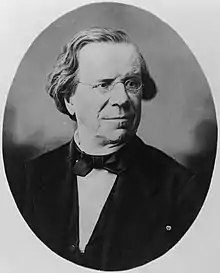
.jpg.webp)
.jpg.webp)
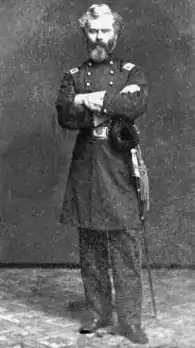
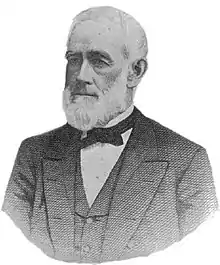
.jpg.webp)
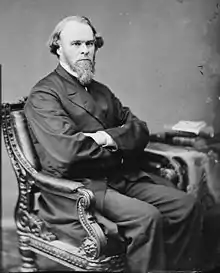

.jpg.webp)
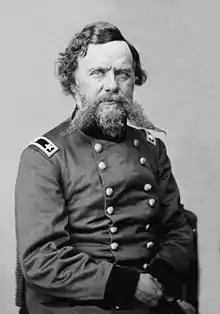
.jpg.webp)



.jpg.webp)
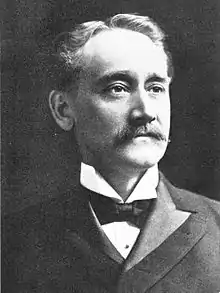
.jpg.webp)

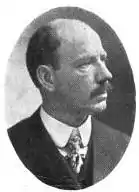

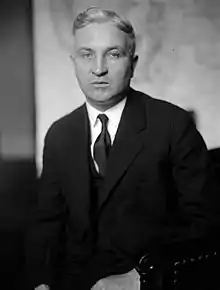

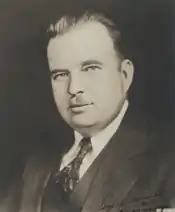
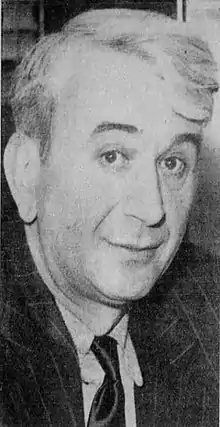
.jpg.webp)
.jpg.webp)
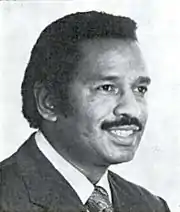

.PNG.webp)
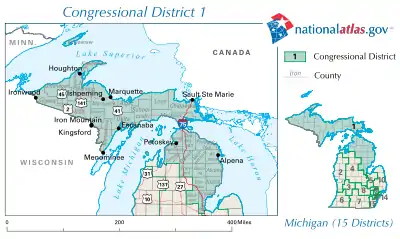
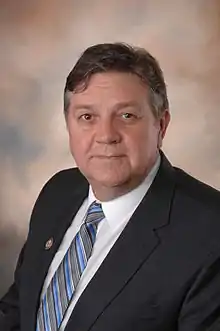
.tif.png.webp)
.jpg.webp)